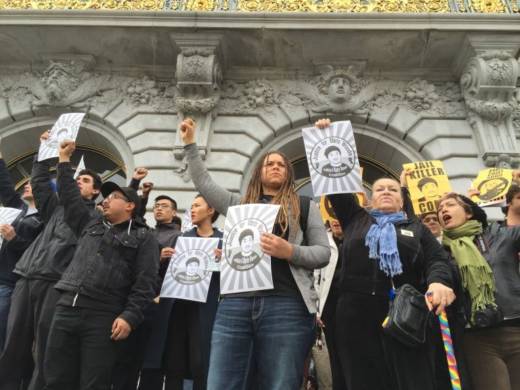A barrage of gunfire, at least 21 bullets shot by five San Francisco police officers, ended Mario Woods' life one year ago.
Those moments of gunfire also started something, shaking the city to its core and thrusting its leadership, police department and public into a year of anger, division and the beginnings of change.
"I remember thinking, you know this is San Francisco’s Ferguson," Police Commissioner Joe Marshall said about reaction to one of several cellphone videos of the killing. Woods' death had irrevocably thrust the city into a raging national firestorm surrounding police killings of black men.
"This is San Francisco’s Eric Garner, and later on it became Philando Castile, and all those other incidents," Marshall said. "A lot of people would not believe that something like that could happen in San Francisco."
Woods was a suspect in a stabbing earlier in the day when a large group of police officers caught up to him after 4 p.m. on Dec. 2, 2015. He was holding a knife. In the videos, he appears dazed -- after officers had used pepper spray and bean-bag rounds in attempts to subdue him. He started to walk away from the group, but a single officer circles around him and steps into his path. Woods kept walking, and the shooting started.

